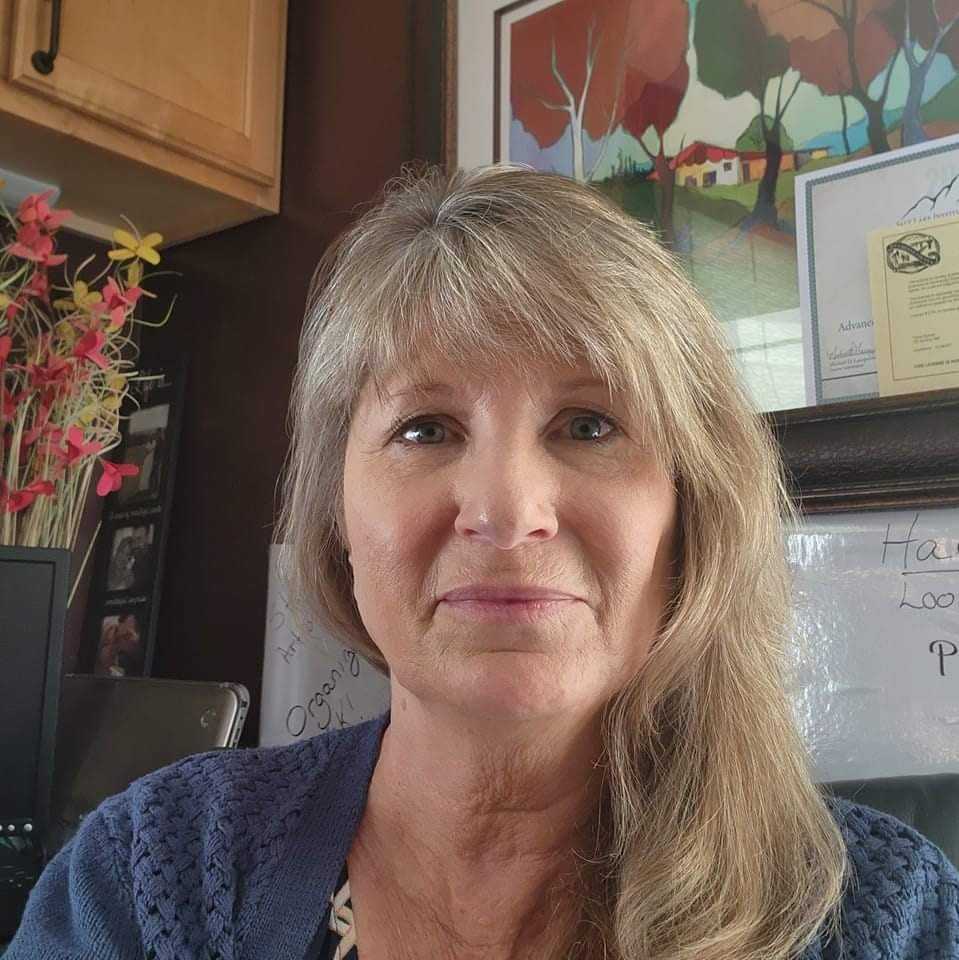16 October 2024
https://learn.traceyourpast.com/link/21em6Y?url=https%3A%2F%2Flearn.traceyourpast.com%2Fcourse%3Fcourseid%3Dus-immigration-and-naturalization

When it comes to genealogy, we often think of dusty old documents, faded photographs, and the thrill of uncovering hidden stories. But what about the less glamorous—but equally essential—records? Today, let’s delve into the world of vital records and explore why they’re the backbone of family history research.
What Are Vital Records?
Vital records are the lifeblood of genealogical investigation. These official documents capture pivotal moments in an individual’s life, providing critical information for tracing family trees. While medical vitals (like heart rate and blood pressure) keep us physically healthy, genealogical vitals keep our family histories robust and thriving.
The Core Four: Birth, Marriage, Census, and Death Records
- Birth Records:
- Birth certificates are like time capsules. They reveal a person’s birth date, place, and parents’ names. Imagine holding the very document that welcomed your great-grandparent into the world!
- Where to find them? Online databases like Ancestry.com and FamilySearch.org often house state-specific birth records. State archives are another goldmine.
- Caveat: Some birth records may be restricted due to privacy laws. Generally, records from the last fifty to one hundred years are off-limits unless you’re a direct descendant.
- Marriage Records:
- Marriage certificates celebrate unions. They disclose not only the couple’s names but also their parents’ identities. A treasure trove for connecting branches of your family tree!
- Where to search? Similar to birth records, online platforms and state archives hold marriage records. Don’t forget county courthouses—they’re often the gatekeepers.
- Census Records:
- Every ten years, the census paints a vivid portrait of households. It reveals family members, ages, occupations, and even immigration status. A snapshot of an era!
- The hunt: The U.S. Federal Census is a gold standard. Libraries, historical societies, and digitized collections are your allies.
- Death Records:
- Death certificates mark the end of a journey. They provide the deceased’s name, date of death, cause (sometimes), and burial details. Essential for closing ancestral chapters.
- Where to seek closure? State vital records offices or—guess what?—online databases.
When Records Play Hide-and-Seek
But what if birth records play coy? Or worse, what if they were lost or destroyed? Fear not—genealogists are resourceful detectives:
- Baptismal Dates:
- Church records often step in when official birth records are elusive. Baptismal dates, lovingly inscribed in old parish registers, reveal not only births but also the spiritual fabric of families.
- Family Bibles:
- Passed down through generations, family Bibles hold handwritten entries—births, marriages, and sometimes even recipes! These cherished heirlooms are like whispered secrets from the past.
- Oral Histories:
- Grandma’s tales matter! Interview older relatives. Their memories might unlock missing links. Remember to record these conversations—you’re preserving living history.
So, fellow time-travelers, embrace the vital records. They’re more than ink on paper; they’re the heartbeat of your ancestry.
Note: While I can’t provide direct links to specific records, I encourage readers to explore reputable genealogy websites and local archives for their own family quests.
Until next time, happy hunting!

